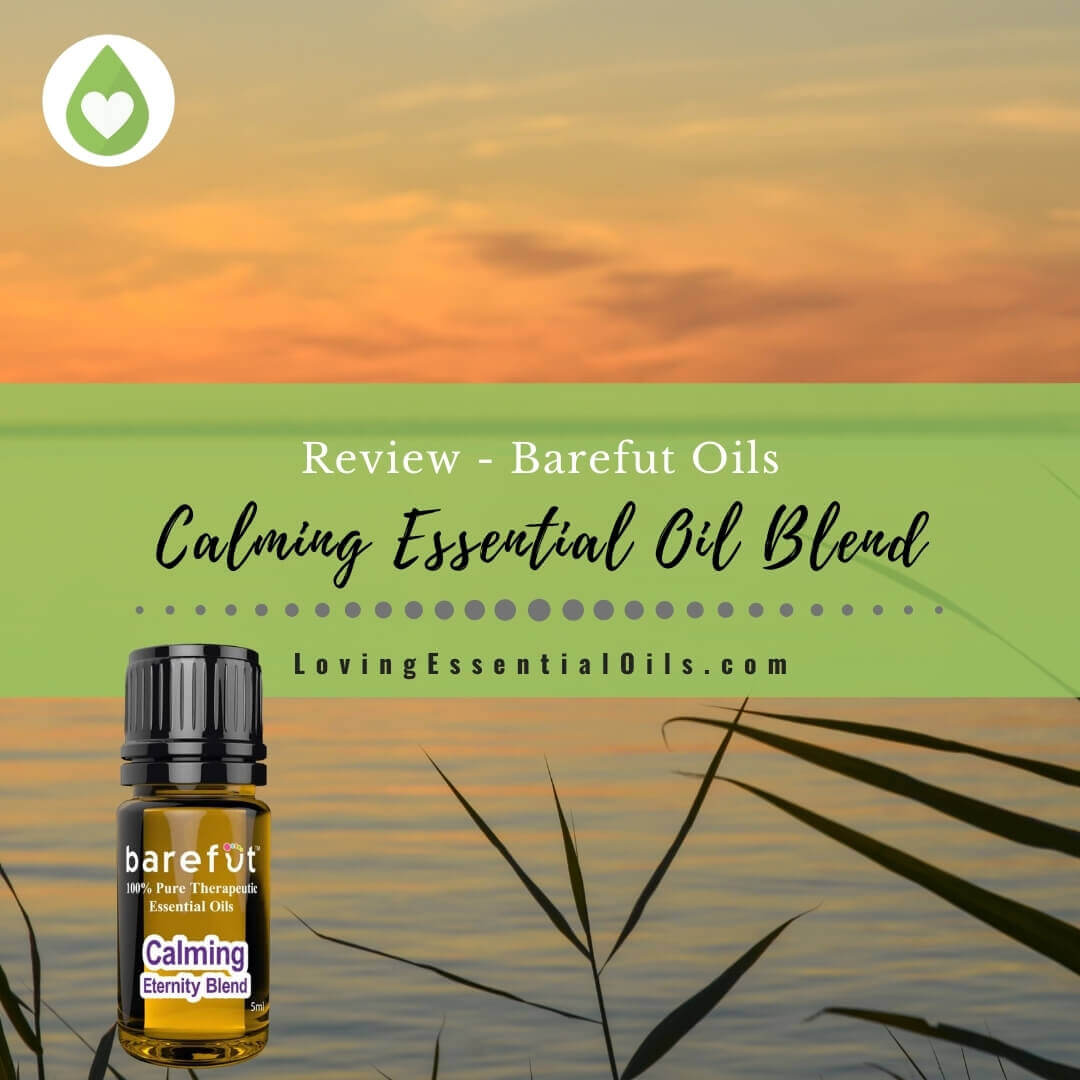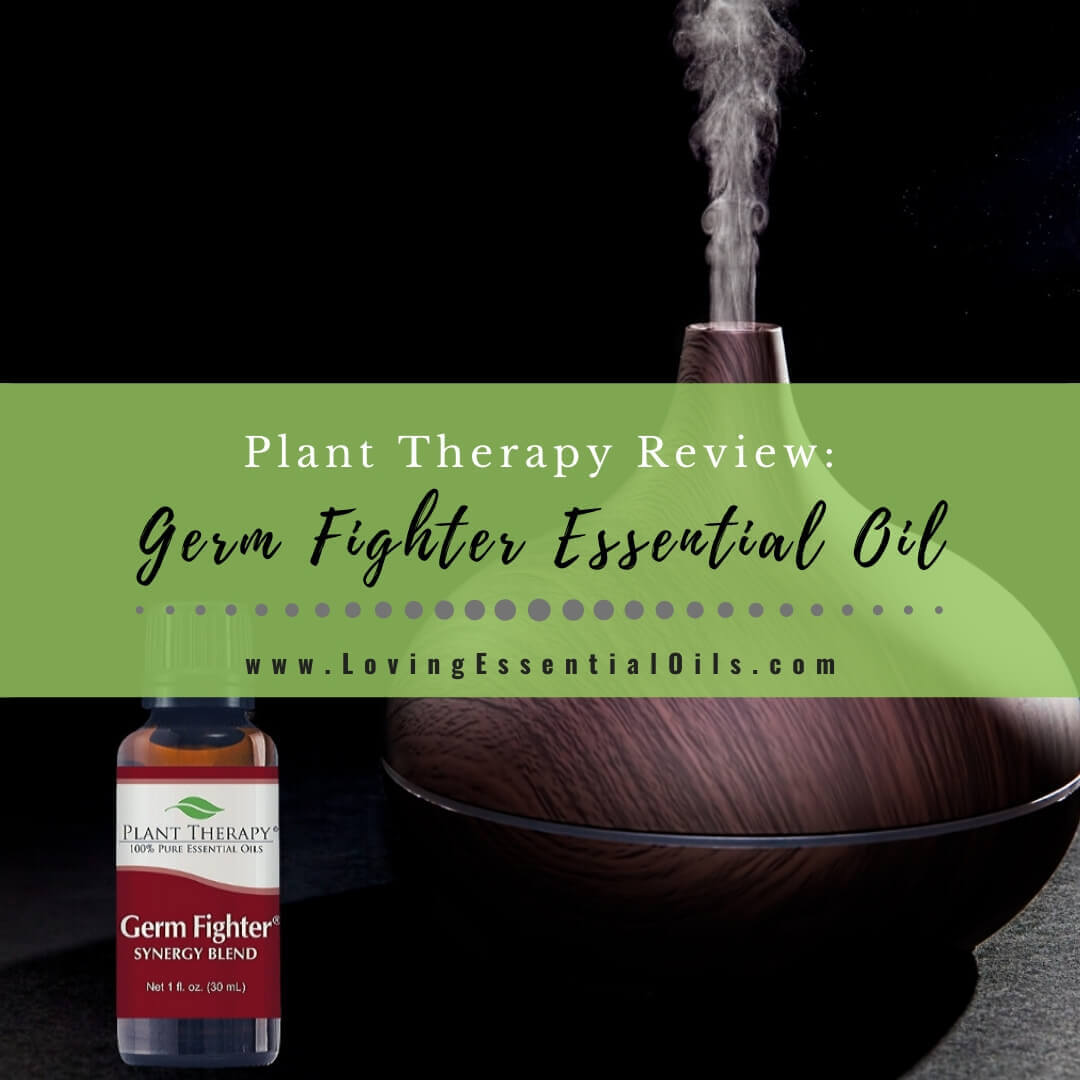Table of Contents
- What Essential Oil Can I Use Instead?
- How to Make Essential Oil Substitutions
- Aromatic Substitutes - Blending for the Aroma
- Therapeutic Substitutes - Blending for a Specific Purpose
- Custom Essential Oil Substitute Generator
- Essential Oil Substitution Chart
- List of Substitution Essential Oils
- More About Substituting Essential Oils
- FAQs
- Diffuser Blend Posts
Have you found a blend to try but are missing one oil? Do you need essential oil substitutions that you can use instead? With so many essential oils available, you will likely come across recipes or diffuser blends for which you are missing an oil. Don't stress! Check out our essential oil substitution chart for ideas the next time you don't have the oil you need.
You will also find a helpful essential oil substitution generator for customized alternatives. Just input a few details about what you need and you will receive custom replacement options!
If you are new to aromatherapy and your collection is still small, that's OK. We posted on the Top 30 Affordable Essential Oils to buy to help you expand your oil collection without breaking the budget.
There are always several essential oils that can tackle a problem, which is one reason they are so loved. Let's examine what factors to consider when substituting essential oils.

What Essential Oil Can I Use Instead?
We frequently get the question, "What can I use if I don't have (insert missing oil here)?." Don't let the fact that you are missing one oil in an essential oil recipe stop you from making a blend you are interested in.
You can always try that same recipe with essential oil alternatives. Will it change the blend...YES, but you can still get similar results by correctly substituting with an oil you have on hand.
Everybody has different oil favorites they like, and maybe some they don't. There are a few essential oils I will not buy because I just do not react well with them.
When I find a blend that I want to use, and it includes an oil I either don't have or don't want to use, I look for replacement options.
How to Make Essential Oil Substitutions
The first thing you need to figure out when making an oil substitution is if you are blending for aroma (scent) or therapeutic (healing) value. Why does this matter? Well, they are two different outcomes for making a blend.
- If making a blend for aromatic purposes, the fragrance is very important, and substitutions must be made from similar aromas.
- If you are making a blend for therapeutic purposes, the aroma is less important than the benefits you want to gain from the oil blend.
No matter what type of blending you are doing, always be aware of the safety concerns of each oil in the blend and any contraindications. Also, remember that no two oils are the same. Each essential oil offers unique qualities.
Aromatic Substitutes - Blending for the Aroma
When substituting essential oils in an aromatic blend, your concern is the scent of the oils. This is usually when making a natural perfume, body spray, or scented beauty product where the aroma is the main highlight.
In this case, you should select essential oils in the same aromatic category (e.g., citrus, floral, spicy).
I have an entire post covering essential oil aromas and free cheat sheets for each of the seven aroma categories. You can use that guide as a reference to find other similar oils.
For example, if you don't have tangerine, try orange as a substitute essential oil. If you don't have cassia, try cinnamon. If you don't have rose otto, try geranium. These substitute oils will provide a similar aroma.
Here are replacement essential oils that will give you examples of aromatherapy substitutions:
| Don't Have This: | Try This: |
| Rose Otto | Rose Geranium |
| Tangerine | Orange |
| Cassia | Cinnamon |
| Birch | Wintergreen |
| Spearmint | Peppermint |
| Helichrysum | Frankincense |
| Sandalwood | Cedarwood |
| Jasmine | Ylang Ylang |
| Clary Sage | Lavender |
| Myrrh | Frankincense |
| German Chamomile | Roman Chamomile |
| Angelica | Clary Sage |
| Balsam Fir | Blue or Black Spruce |
| Lemongrass | Lemon |
| Ginger | Cardamom |
| Cinnamon | Clove |

Therapeutic Substitutes - Blending for a Specific Purpose
The guidelines for making therapeutic blends differ from those for aromatic blending. Yes, you want to create a blend with a pleasant scent, but this type of blend aims for specific issues or desired effects.
To find the proper therapeutic substitute essential oil, you must find one that offers a similar use or benefit. The substituted oil aroma can be different because that is not our focus.
Appropriately substituting one oil for another in recipes can help you customize a blend to your specific needs. Remember that people may have different responses to individual essential oils, so you may need to experiment to find what works best for you. This guide is helpful for that, too.
For me, oregano is an oil I prefer not to smell like, so in my topical immunity blends I usually find another oil that I prefer to smell, like rosemary or sweet marjoram.
Essential oil substitution charts can also create cost-effective blends, as some essential oils may be more expensive than others.

Custom Essential Oil Substitute Generator
Essential Oil Substitution Chart
Substitution charts are helpful when an essential oil is out of stock or unavailable. Substituting an essential oil can create unique blends with different scents and therapeutic benefits.
Here is a list of essential oil substitutions to swap out the oil you need within your desired benefit category. For example, if you need rosemary for a hair serum but don't have it, look under Healthy Hair and pick an oil from that list, like Cedarwood, and see how this works.
Beautiful Skin and Hair
There are many valuable oils to add to your skincare routine, and Tea Tree is probably one of the most popular ones for cleansing and rejuvenating the skin. Geranium is also a favorite oil for providing a smoothing effect on the skin. It is also useful for the hair, try adding to your shampoo or conditioner for a healthy, vibrant glow.
| For Healthy Skin | For Healthy Hair & Scalp |
|
|
Healthy Digestion and Airways
When it comes to stomach issues and maintaining a healthy gut, ginger essential oil is one of the most popular remedies for digestion, bloating, gas, and occasional indigestion. Eucalyptus is a popular option for diffusing for easy breathing, and it produces an invigorating vapor when diluted and applied to the chest.
| Digestive Support | Respiratory Support |
|
|
Comfort and Wellness
Enhance your health with all-natural and pure essential oils. Oregano oil is a favorite for supporting the immune system, but it can be too strong for some. I personally prefer sweet marjoram and tea tree to boost my immunity. When it comes to easing aches and pains, copaiba is sure to be a favorite.
| Immunity | Pain Relief |
|
|
Energy and Exercise
When energy is low, or you just need a jot of power before working out, try peppermint essential oil. Its menthol aroma gives an invigorating experience with each use. It can also ease headaches and tension.
| Fatigue | Workout |
|
|
Sleep and Calming
Lavender is the go-to oil for helping sleep and relaxation. Its soothing and calming aroma can ease tension.
| Insomnia | Relaxation |
|
|
Emotional Support
Enjoy the emotional and physical benefits of aromatherapy with frankincense essential oil. This impressive oil can aid and support a list of body systems, mainly the digestive, respiratory, nervous, immune, and cardiovascular systems. It is a must-have oil for soothing, healing, and calming.
| Mood Swings | Stress |
|
|
List of Substitution Essential Oils
Get the guide so you can easily reference the Substitution Chart when offline too.
More About Substituting Essential Oils
What can I substitute for eucalyptus oil?
If you cannot use eucalyptus oil or don't have it on hand, substitutions can be surprisingly easy. For example, rosemary and tea tree oil are excellent substitutions, as are peppermint oil, lavender oil, and cajuput oil.
Depending on the application of eucalyptus oil you're substituting for, you'll want to check the substitutions chart to see which one will work best for your job.
All substitutions have their own strengths and properties that may differ from the original eucalyptus oil, so make sure to find out what these qualities are before incorporating any substitutions into your project.
What can I substitute for bergamot essential oil?
If you're looking for essential oil substitutes that can provide similar benefits as bergamot oil, several citrus oils may be useful.
- Lemon essential oil contains many of the same calming and anti-inflammatory properties as bergamot essential oil, yet has a slightly more subtle aroma.
- Sweet orange essential oil is similar to bergamot essential oil yet lacks some of the sweetness that the bergamot brings.
- Lavender essential oil may be a suitable choice due to its calming scent. While it won't smell like bergamot essential oil, it could still provide similar benefits.
- Lastly, peppermint essential oil is known for its energizing qualities and minty smell, which provides a refreshing aroma.
What can I substitute for sandalwood essential oil?
If you are unable to access the benefits of sandalwood essential oil due to its high cost or lack of availability, substituting an original ingredient may be a good alternative. Fortunately, there are many options for substituting sandalwood essential oil for other oils with similar properties.
Patchouli and vetiver are often substituted due to their sweet and woody aromas. Cedarwood and benzoin, with their more woody character, also work well as alternatives.
These substitutions can provide some of the same calming and antiseptic effects associated with sandalwood essential oil while adding unique characteristics that commonly make them popular amongst essential oil connoisseurs.
Some essential oils may have different therapeutic properties than the original oil, so it is important to research the properties of the substitute oil before use.
FAQs
What is an essential oil substitution?
An essential oil substitution is the process of replacing one essential oil with another that shares similar properties or benefits. This is helpful when a specific oil is unavailable or when you want to create a unique blend tailored to your preferences.
How do I choose the right substitution?
To select a suitable substitution, consider both the aroma and therapeutic properties of the oils. Many essential oils have overlapping benefits, but their scents might differ, so it’s essential to experiment and find what appeals to you.
Are there any safety concerns when substituting oils?
Yes, different essential oils come with varying safety profiles. It’s crucial to check the safety information for any oil you plan to substitute, especially concerning dilution and potential allergies.
How should I adjust the quantities when making substitutions?
When making substitutions, it is best to start by using the same number of drops as the original oil and adjust them according to your scent preference. Always consider the overall balance of the mixture to ensure a pleasing blend.
Can I create an entire blend using only substitutions?
Absolutely! Feel free to experiment with substitutions in your blends. The joy of DIY aromatherapy lies in your personal creations, so embrace the possibilities.
Share on Pinterest







